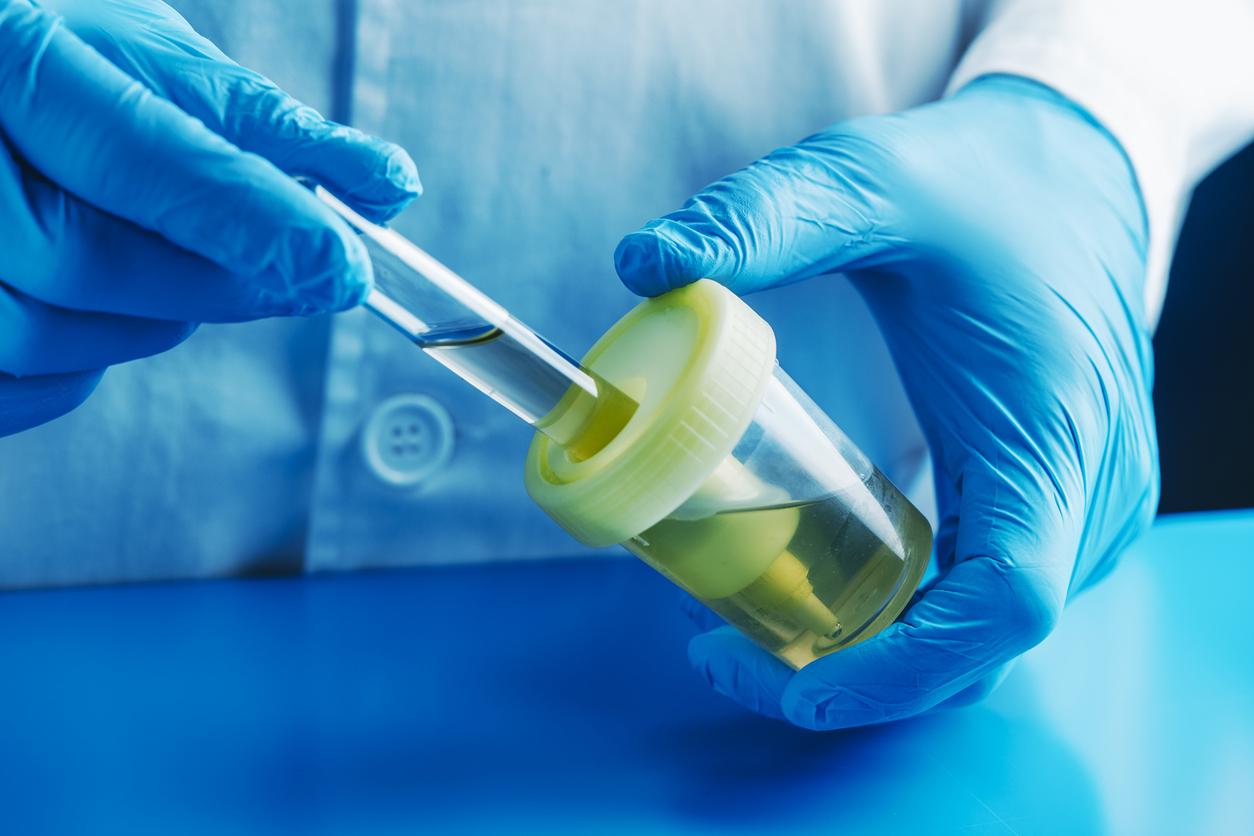Milk drawn at home does not contain the same bacteria as milk drawn at the hospital with sterile equipment.

- Breastfeeding has beneficial effects on the immune system of infants.
- In France, two out of three newborns are breastfed at birth, but they are only 18% at six months.
Breastfeeding is one of the recommendations of the National Health Nutrition Program in France. The World Health Organization even recommends continuing it for up to two years. If breast milk is so popular, it is because it contains a set of micro-organisms whose purpose is to help the newborn to develop its own microbiome. For practical, or sometimes physiological, reasons, mothers sometimes use a breast pump to be able to feed their baby with a bottle afterwards. A team of American scientists took an interest in this mode of milk collection. In American Journal of Clinical Nutrition, they publish the results of their study on the microbiome of breast milk.
Two methods of collecting breast milk
About fifty women participated in this research. They were asked to express their milk twice, within 3.5 hours: once with a conventional breast pump and a second time with a hospital breast pump and sterile collection equipment. For greater precision, the study was randomized: the women did not know which device was used. Next, the scientists analyzed the microbiome of the different samples. According to their results, the milk collected via the mothers’ breast pump contained more bacteria. For the moment, the authors of this work do not know if this has consequences for the health of infants. Pending further studies, they recommend that women limit the use of breast pumps and favor breastfeeding.
A study in favor of breastfeeding
In 2019, a study previous study compared the microbiome of milk given to the breast to that which is expressed and then bottle-fed. The authors observed the amount and type of bacteria present in breast milk based on different factors. According to their results, the mode of administration is the only one to have an impact on the bacterial composition of milk. Expressed milk was associated with a higher presence of potentially pathogenic bacteria.
“Increased exposure to potential pathogens in breast milk could pose a risk of respiratory infection in infants, explaining why pump-fed infants are at increased risk of pediatric asthma compared to exclusively breast-fed infants“, details Shirin Moossavi, co-author of the study. Conversely, breast milk contained microbes present specifically in the mouth, as well as a greater diversity of bacteria. “Direct breastfeeding facilitates the acquisition of infants’ oral microbiota, while indirect breastfeeding leads to enrichment in environmental bacteria (associated with the pump)“, conclude the researchers.
.

















